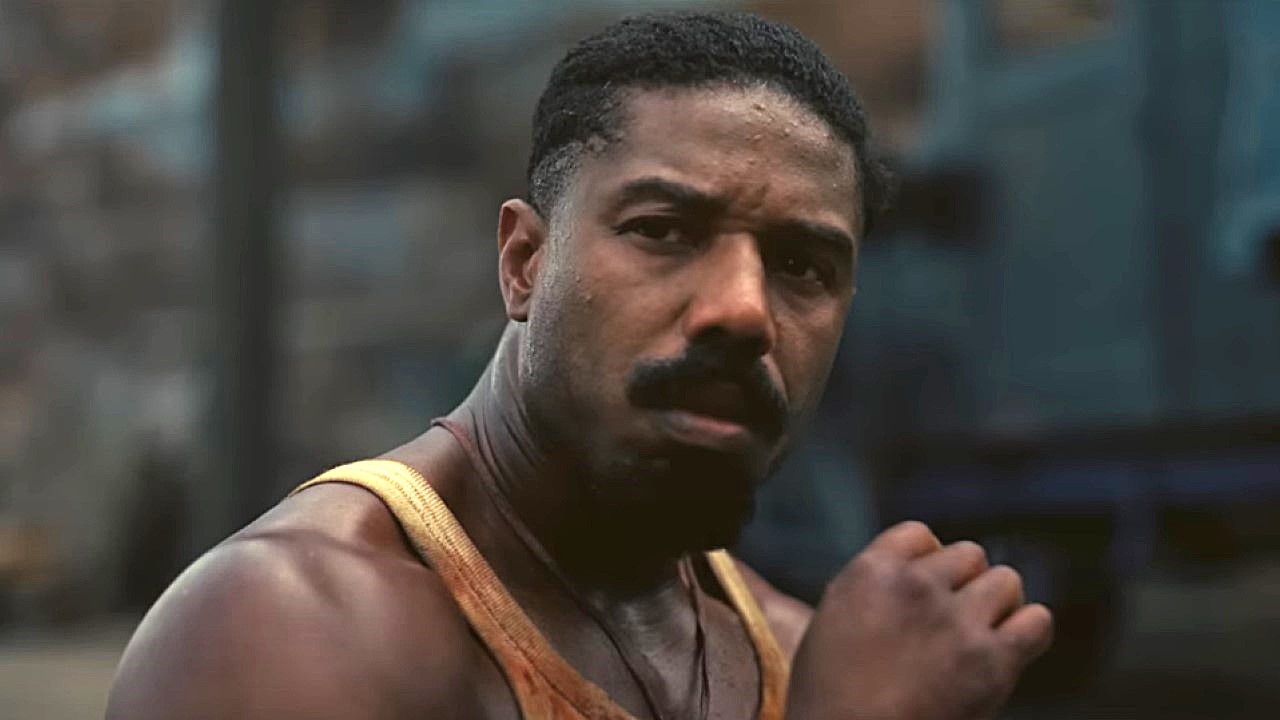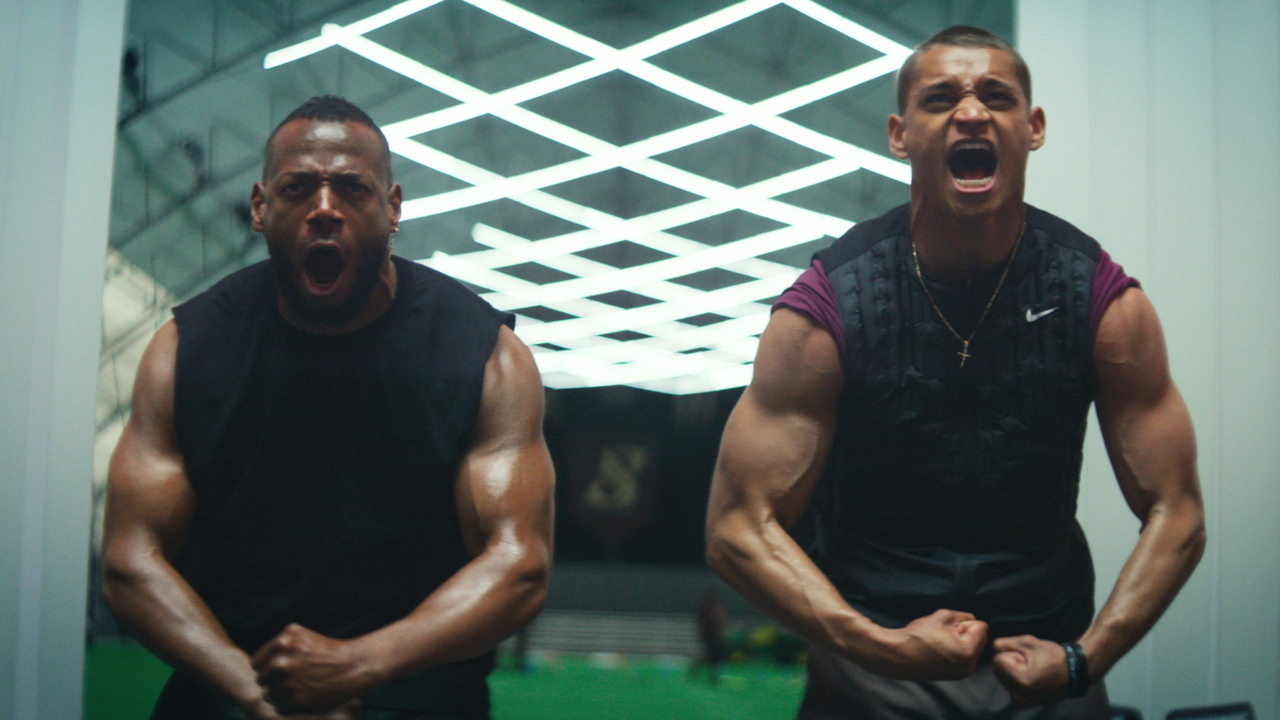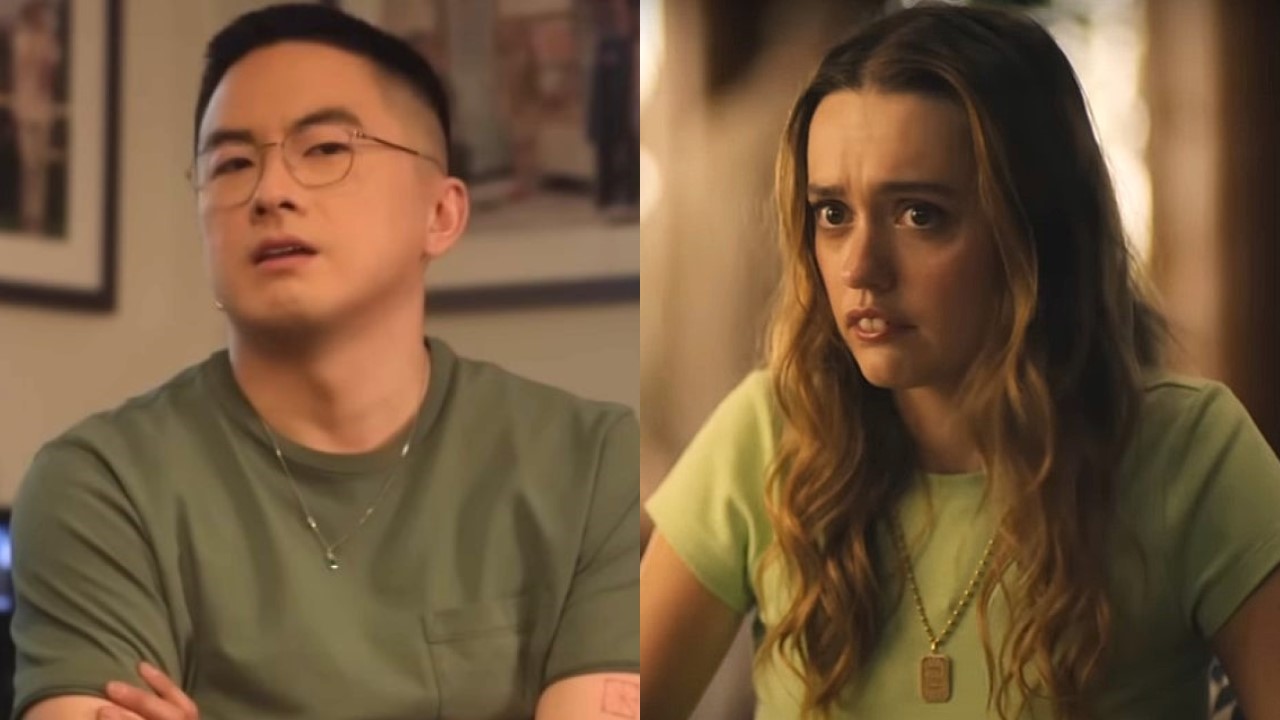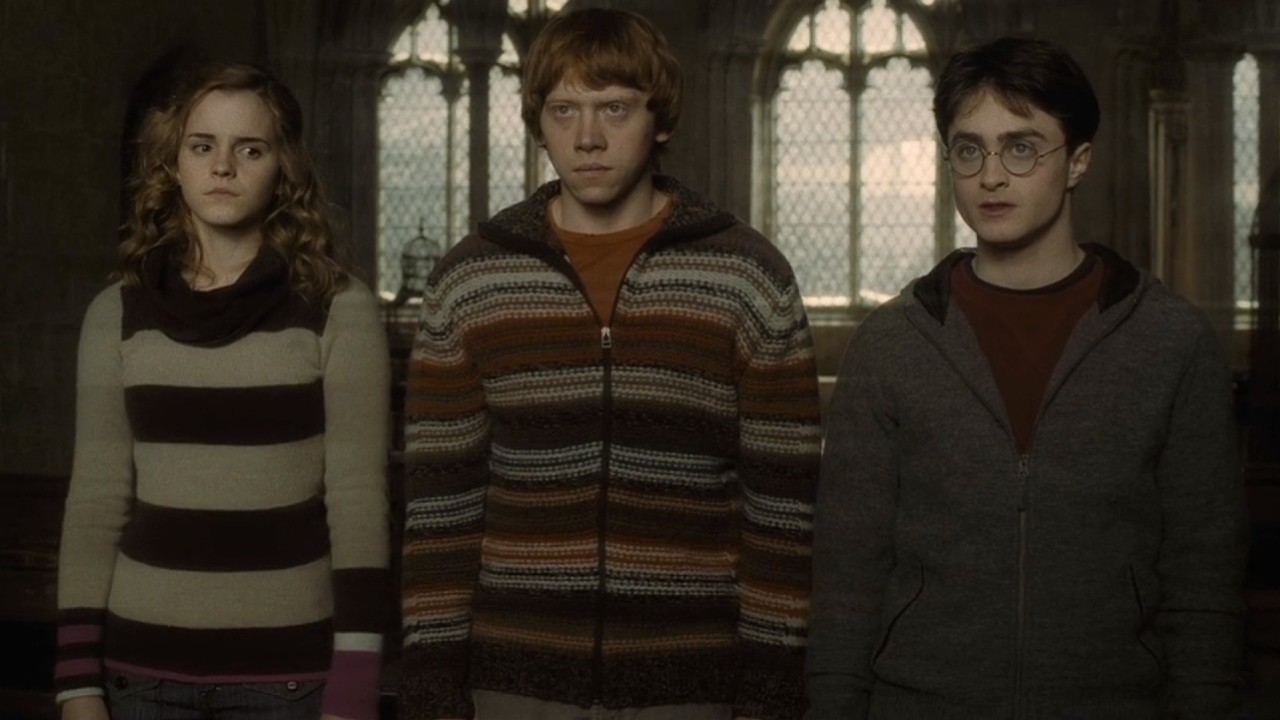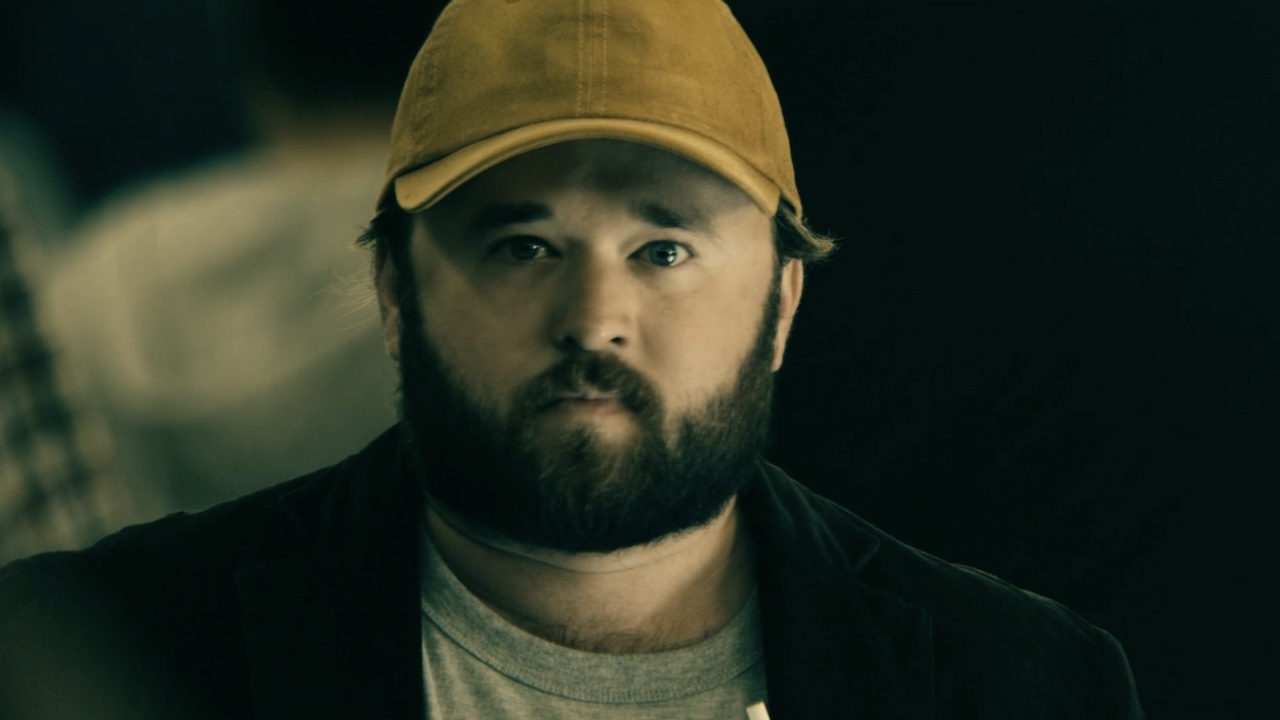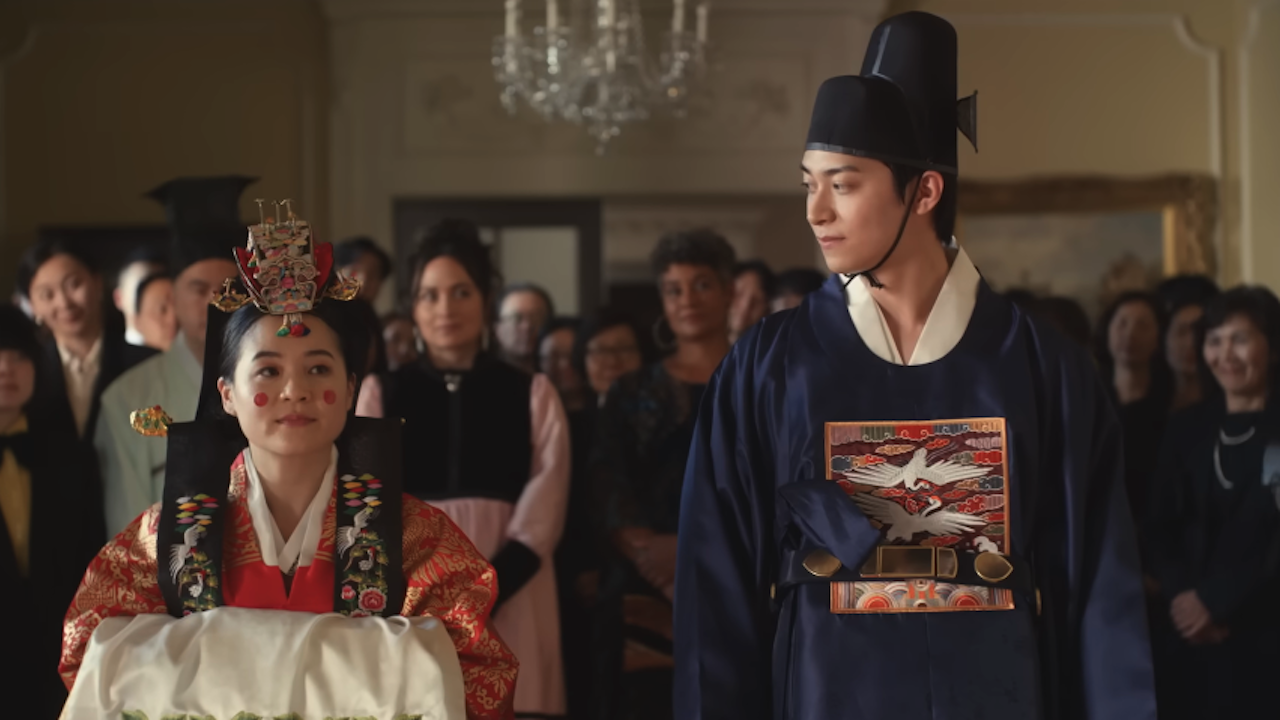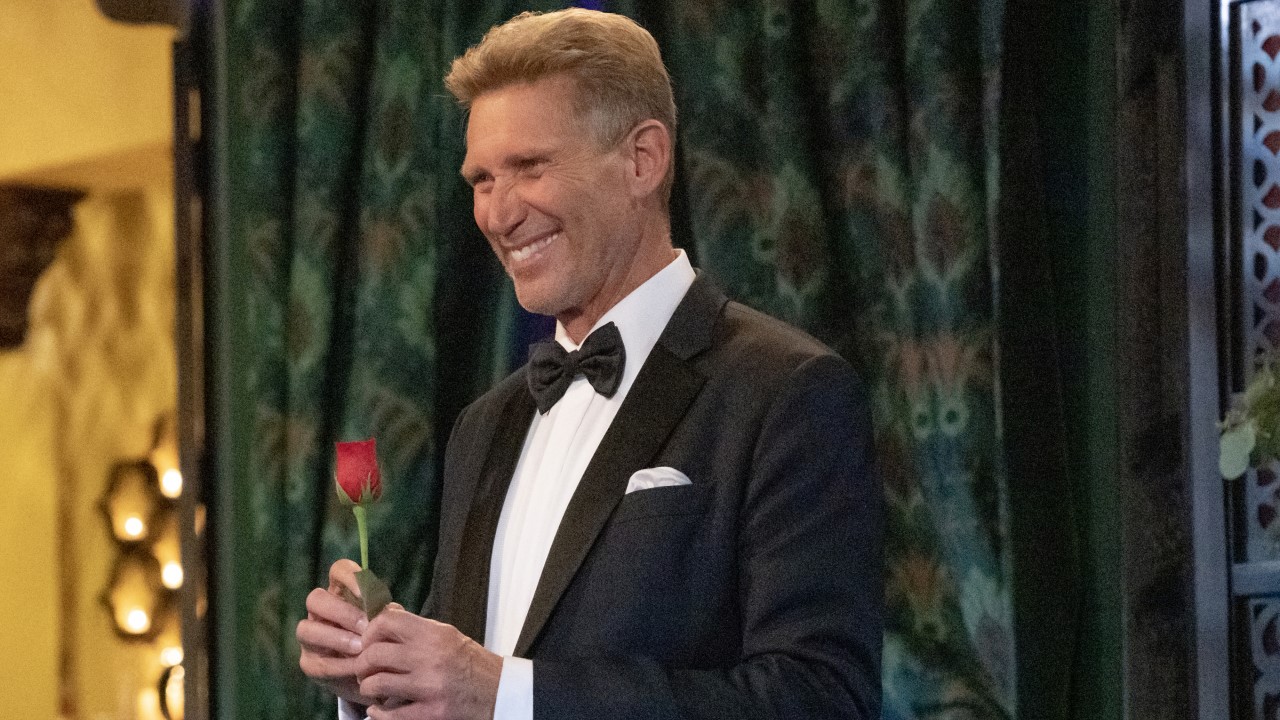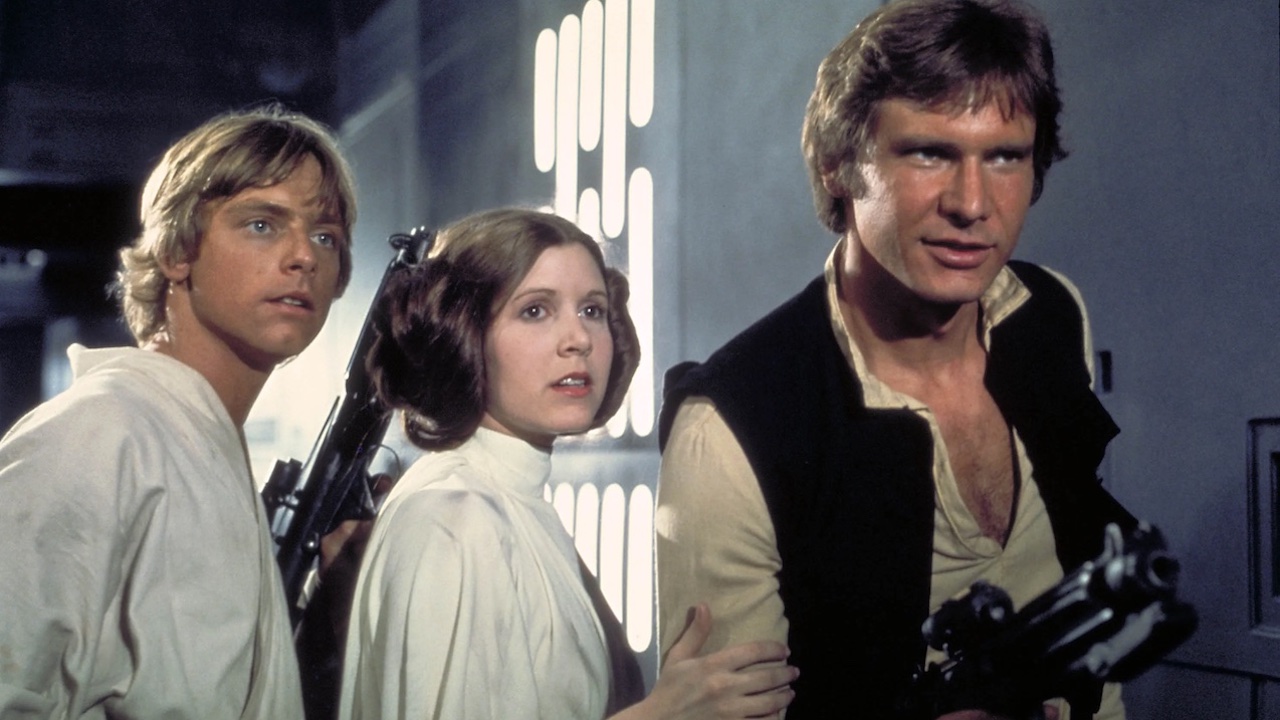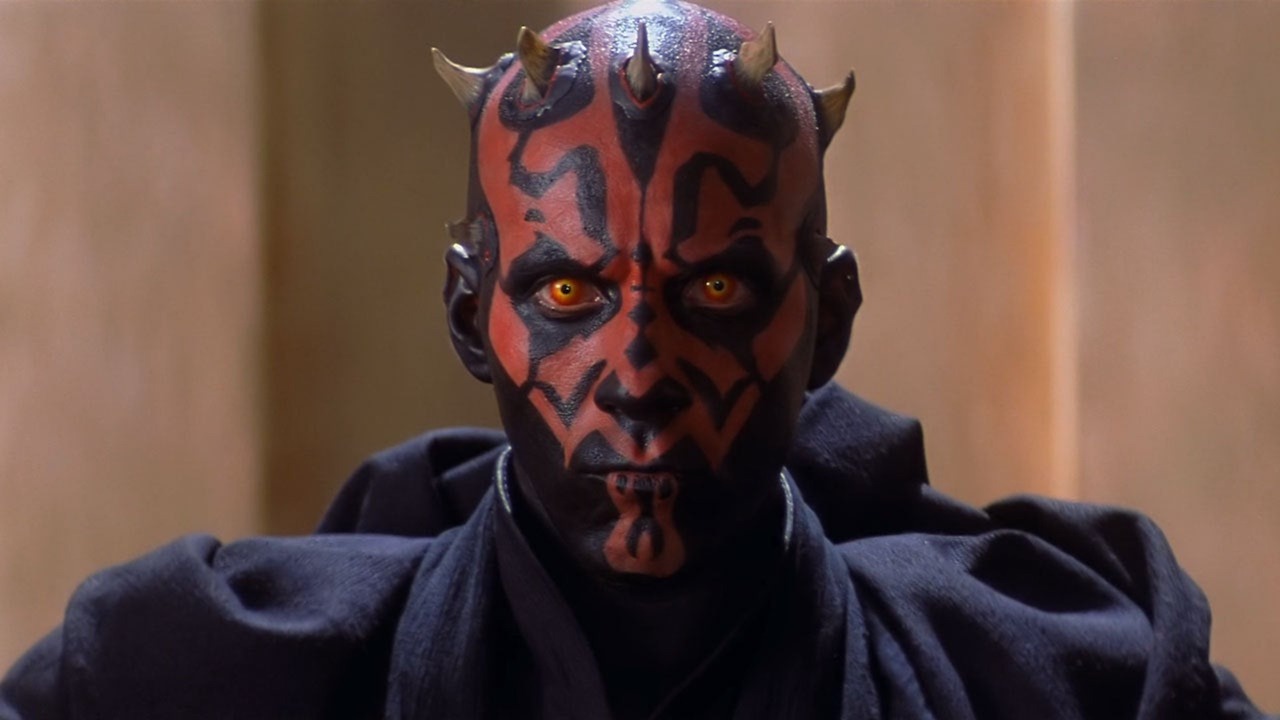Hugo Producer Graham King On 3D And Johnny Depp's Attempted Cameo
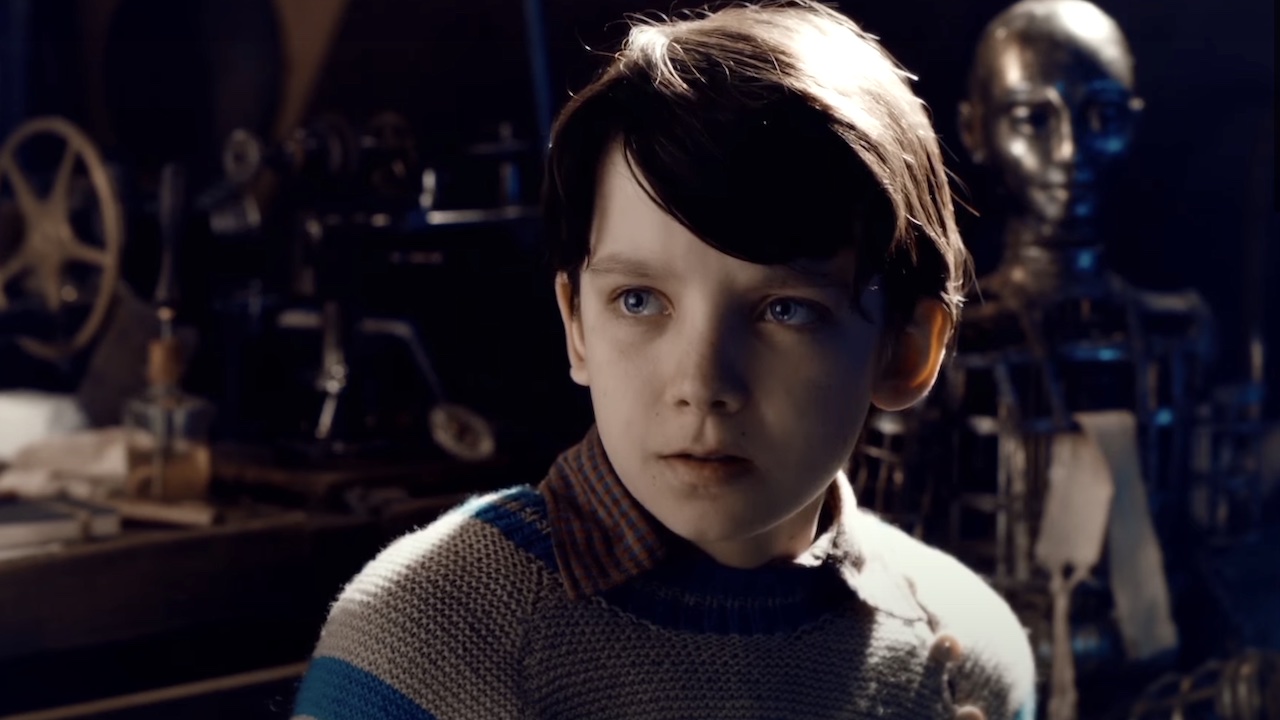
Over the Thanksgiving holiday Martin Scorsese's Hugo opened on significantly fewer screens than the other big releases, but managed to do quite nicely for itself anyway-- $11.3 million from just over 1100 screens is nothing to scoff at, especially when you've made a children's film that's also a love letter to old movies. When you're Martin Scorsese you can make a movie about that, or anything you want really, but you still need the right producer to have your back. Lucky for Scorsese he's got Graham King, the prolific producer who has been behind all of Scorsese's films since Gangs of New York, along with other films like Rango, Blood Diamond and The Young Victoria.
King was the person who handed Scorsese the book The Invention of Hugo Cabret and convinced him to adapt it as a film, and he also helped Scorsese build the enormous set of a Parisian train station that gives the movie its immense visual appeal. I talked to King recently about getting together the money to build that set, why they started making the film without a studio on board, how Johnny Depp almost had a role in it, and which of his upcoming films he might use 3D for as well.
How do you get a set like this built? How do you even get the budget? It's insane.
It is insane, but I knew going in it was going to happen. Working with Marty and Dante Ferretti before-- The Aviator, building the Coconut Grove and Graumann's Chinese, and Gangs of New York, building New York in Cinecitta Studios in Rome. That's what Dante does, and it adds such a layer to the production and it becomes so magical on the screen. It's not about the budget, it's about the whole production.You don't really see movies like that anymore, and it adds a lot. When I tell people we only really went on location once in Paris, for the library and the cinema scene-- everything else was a set.
Is it tricky to wind up on the streets of Paris after getting so accustomed to shooting in confined quarters on set?
No, not really. What's great about being on a set is there's no time constraint. If things were not right, you can redo them or move the sets around, Marty can have more freedom than being on location, for sure. Again, there's no one I've ever worked with or will work with that commands the authenticity of a story he's telling more than Marty.
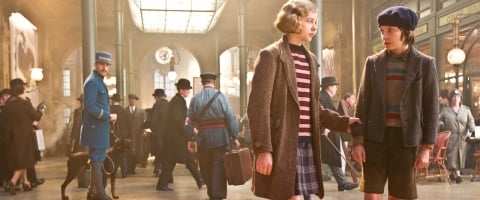
You were the first person on this to get your hands on the book. When did you know that you should pass it on to Scorsese?
CINEMABLEND NEWSLETTER
Your Daily Blend of Entertainment News
When we were making The Deaprted, Marty was talking about making a movie his kid could enjoy. I have a kid around the same age, and I said, "Yeah, it would be fantastic to screen one of your films for my kids, because they haven't seen the movies." I'm not going to show a 10-year-old girl Gangs of New York. I knew that was in the back of his mind, and he had talked about it before. His perspective on having a young kid at his age was much different than a younger father would have. It came up quite a few times, and I remember we had the conversation, and literally six weeks later someone from my office came in with this manuscript. This was written for me, it was written for Martin Scorsese to direct.
Was it when the book tied into film history that the light went off in your head that he was right for this?
Oh, of course. No one knows the history of cinema like Martin Scorsese does. That was a huge part of it. But he really did get into the whole, the boy trying to find a family part as well.
The movie is a big Thanksgiving release for families and everything, but it's also got this serious film preservation angle. Usually when people make a family movie they want it to be one easily digestible thing. Was there a challenge in making sure bot of those elements stayed intact?
Absolutely. It's really hard to make a movie for the audience. You have to make the story you want to tell, and hopefully the audience will go and see it. It's a risk. Every movie I make is a risk. But I feel with this one, if people give it a shot and it needs to get discovered from word of mouth and critics, that people will take note of it and go see it. We're going on a much lower print count on Wednesday than The Muppets and Happy Feet and Twilight and Arthur Christmas, because I want people to discover the movie, because I don't know if Thanksgiving is the time they'll run out and see Hugo or go see another movie. But I think over time the longevity will be there. I hope so, anyway.
Movies that are this big and have to cost this much money usually are just about the one established thing. Was it a challenge to get studios to get behind this?
Of course at the beginning, studios were scratching their heads about it. But I believed in it and my partner who finances my movies believed in it, so that's why we decided to make it without a studio. But I felt going in that if we succeed, then it's a masterpiece. Not just the storytelling, but the 3D. That was a huge, huge layer for me-- a commercial layer. That Hugo is not just a movie, it's an experience, ti's an event. The latest technology telling the story about the birth of cinema.
Had you worked with 3D at all before this?
No.
And were you skeptical?
Absolutely. I had no idea what I was getting into. Nor did Marty, nor did anyone. No film had ever been shot like this before in 3D. You had to wear the glasses at the monitor. There was no 2D shooting. But it shows an audience that 3D can be a very exciting platform of technology in today's market. There's a lot of negativity about 3D right now, and people don't want to put glasses on, or they get headaches, or they feel the film doesn't need 3D. But they need to check out this one.
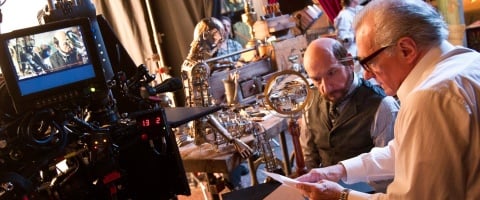
Are any of the films you're working on right now going to be in 3D?
I don't know. I would definitely shoot a movie in 3D again. It depends on if the story really warranted it. Marty felt this story really did.
So you're not working with it right now?
I don't know. All the movies I'm planning next year, it could be interesting. Again, I have to look at the stories. Would I tell the Freddie Mercury story in 3D? I don't know. Would the performances onstage be shot in 3D? Possibly.
3D concert movies look great.
Right. But maybe there's a way to do both.
How do you decide with your company, what you're going to invest in and what you'll produce hands on?
It's only lately that I've considered movies for investment, and that's usually when I don't have anything to make. I just put up half the money for Ben Affleck's movie Argo and that's purely me going to Warners saying I really, really love this script, I'd love to come in on it. And then if I have movies that I want to make, then I'm not going to outside movies to invest in. Next year I've got a slate of films that I hope come together. We've got the Tomb Raider reboot, and the Freddie Mercury movie, and a movie version of the musical Jersey Boys.
How did Johnny Depp get involved in Hugo exactly?
When I first got the manuscript of the book, I sent ti to Johnny. We did a lot of movies together. Part of it is me sending projects to Johnny I think he could play a role in, another part is seeing if her has the reaction I have. And he read it and loved it, and I said let's make this together.
Was he ever planning to be in it?
There's a role that's not in the movie now that was in the script that he was going to play, a very small role. But we just didn't have the time to do it with the schedule. He was actually across the street shooting Pirates 4.
Staff Writer at CinemaBlend

